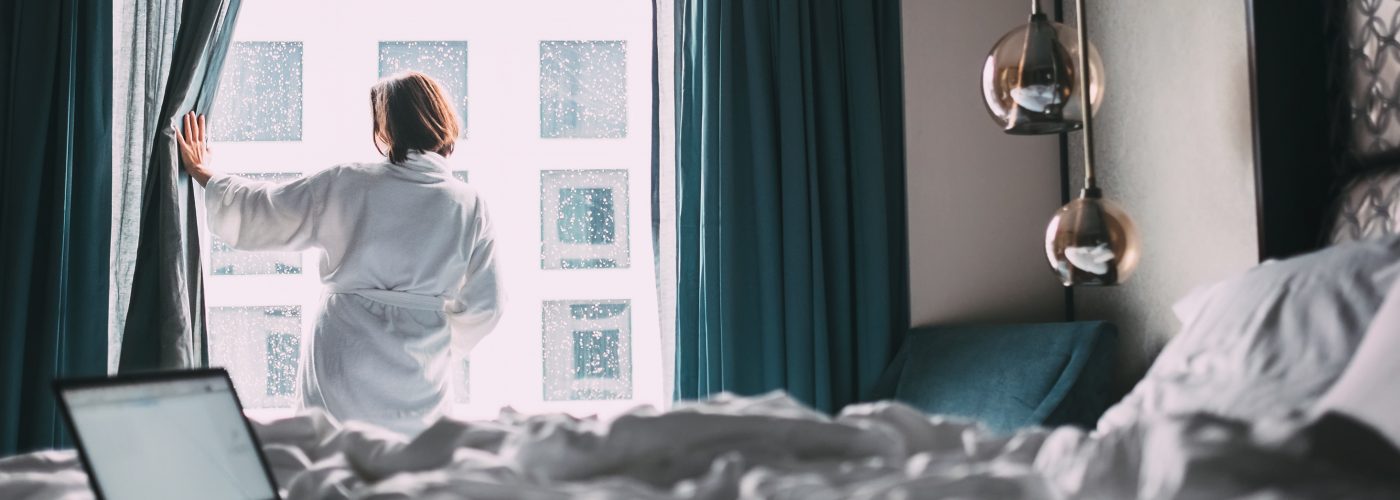The average payback for six significant hotel chain loyalty programs–the value of what the points will buy, in comparison to what you pay to earn the points–is near 9 percent. That’s substantially higher than the yield. Those figures come from IdeaWorks’ 2017 CarTrawler Hotel Reward Payback Survey. Among hotel apps, Wyndham’s payback is greatest, at 16.7 percent.
Here are the results for the six chains, from Starwood together with the cheapest, to the winning speed of Wyndham.
How Hotel Points Purchase
The main reason for Wyndham score is clear: its own loyalty program charges the number of points to get a reward stay at any of its hotels. This means that you may score a $600 room at the New Yorker Hotel using exactly the exact same amount of things that you would in a $89 room in a roadside Ramada Hotel. As we noted about Wyndham’s schedule within our 2017 Editors’ Choice Best Hotel Loyalty Programs: “Wyndham’s unique policy of charging a fixed 15,000 points for a ‘complimentary’ award remain at all places gives great paybacks for travellers who stay in its upscale brands”
Since we included different factors together with 21, Wyndham didn’t come out number one overall in our scoring. However, it is a fantastic program for people who prefer to use their things for accommodations that were top-dollar and felt nicely. Marriott, our first choice, scored well with nearly 9 percent revival, as well, for payback from the IdeaWorks report.
IdeaWorks found a wide selection of paybacks for all six on account of the variation in the ratios of point-to-cost and dollar-to-cost of those chains for award stays. The revival for IHG points, by Way of Example, varied from 18.1 percent at the Holiday Inn Downtown Dubai to 2.5 percent in the Holiday Inn Bur Dubai in the Embassy district.
Overall among all chains, the propagate at payback at individual sample resorts ranged from 50.7 % at Wyndham’s New Yorker to 2 percent at Starwood’s Westin New York Grand Central. As IdeaWorks notes: “Very few everyday options in life yield paybacks that may vary from 2 to 51 percent.”
